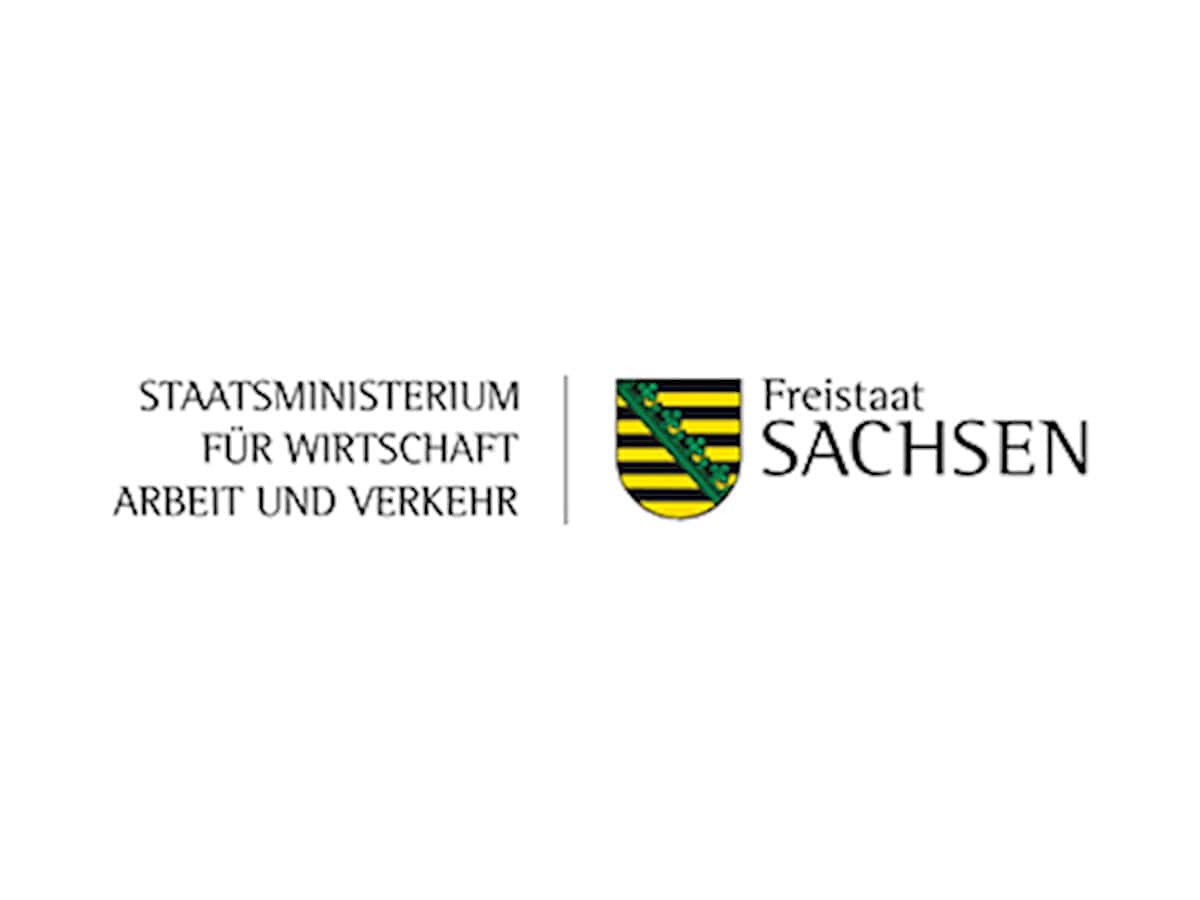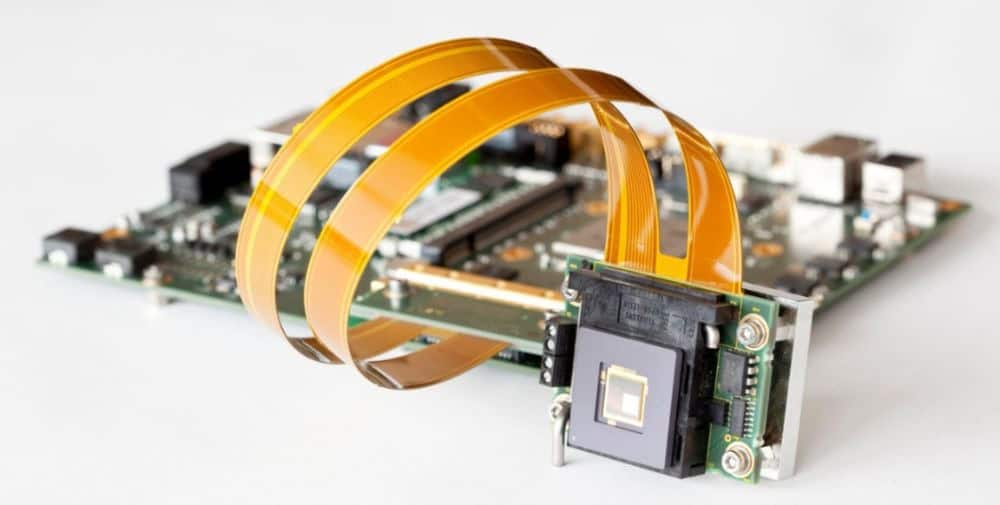
In his welcoming address in Brussels, Saxony’s Minister of Economic Affairs Dirk Panter emphasized the central importance of regional approaches and strengthening the entire value chain for a resilient European semiconductor industry. The ESRA members adopted their second position paper with a view to the planned amendment of the European Chips Act, other EU funding instruments and the ongoing negotiations on the EU’s upcoming Multiannual Financial Framework (MFF). In it, the partners call for targeted measures to strengthen regional semiconductor ecosystems, support all stages of the value chain and the training and further education of skilled workers, among other things.
Economics Minister Panter: “The current trade and geopolitical challenges clearly show us how important alliances are, especially in the fully internationalized semiconductor industry. Without semiconductors, many sectors – such as automotive, telecommunications, defense, the energy industry and AI – would lack a basic digital technology. Reliable access to semiconductors helps to safeguard industrial production and strengthens Europe’s resilience. This is precisely why we need regions that implement strategic projects locally – and Saxony is at the forefront of this! With Silicon Valley in Saxony, we form a core part of the semiconductor industry in the EU. This requires a European Union that makes decisions much more quickly and implements them in efficient structures in order to expand and further strengthen this important industrial sector in Europe.”
The Oulu region (Finland) became the 36th member of the alliance. Since its foundation, ESRA has established itself as an important voice for the interests of the semiconductor regions in Europe. The continuously growing number of members underlines its relevance in the dialog with the European Commission and the European Parliament.
In the run-up to the event, Economics Minister Panter met with Siegfried Mureșan, Member of the European Parliament, for a bilateral discussion after his inaugural visit to the Saxon state representation in Brussels. The talks focused primarily on EU reforms and projects in the upcoming MFF. The Minister also held talks with Thomas Skordas, Deputy Director-General of DG CNECT (Directorate-General for Communications Networks, Content and Technologies). The DG is working on shaping Europe’s digital present and future.
Background on the European Semiconductor Regions Alliance (ESRA)
The ESRA is a working platform of the regions with the European Commission and the European Parliament to bundle the core interests of the semiconductor industry and articulate them at political level. The aim of the alliance is to promote Europe as a semiconductor location in global competition in order to secure overall European competitiveness and technological sovereignty.
The ESRA stands for active European cooperation – from the regions, for Europe’s technological future. This is because the decisive impetus for a resilient and sovereign semiconductor industry is created where know-how, infrastructure and networks are already strongly rooted today: in the regions.
ESRA now networks the following 36 members: Baden-Württemberg, Bavaria, Hamburg, Hesse, Lower Saxony, Saxony, Saxony-Anhalt, Saarland, Schleswig-Holstein and Thuringia in Germany, Andalusia, Basque Country, Catalonia, Madrid and Valencia in Spain, “East-Netherlands” (Gelderland and Overijssel), Flevoland and North Brabant in the Netherlands, Carinthia and Styria in Austria, the regions of Centro and Norte in Portugal, Flanders in Belgium, Auvergne-Rhône-Alpes and Île-de-France in France, Piedmont and Lombardy in Italy, Tampere, Helsinki and Oulu in Finland, South Moravia, Plzen and Zlin in the Czech Republic, Skåne in Sweden, Wales in the United Kingdom and the Republic of Ireland.
The current chair Piedmont, Italy, is supported by the two co-chairs Saxony, as initiator of the Alliance and former chair, and Catalonia, Spain, the future chair.
– – – – – –
Further links
👉 www.smwa.sachsen.de
Photo: pixabay



